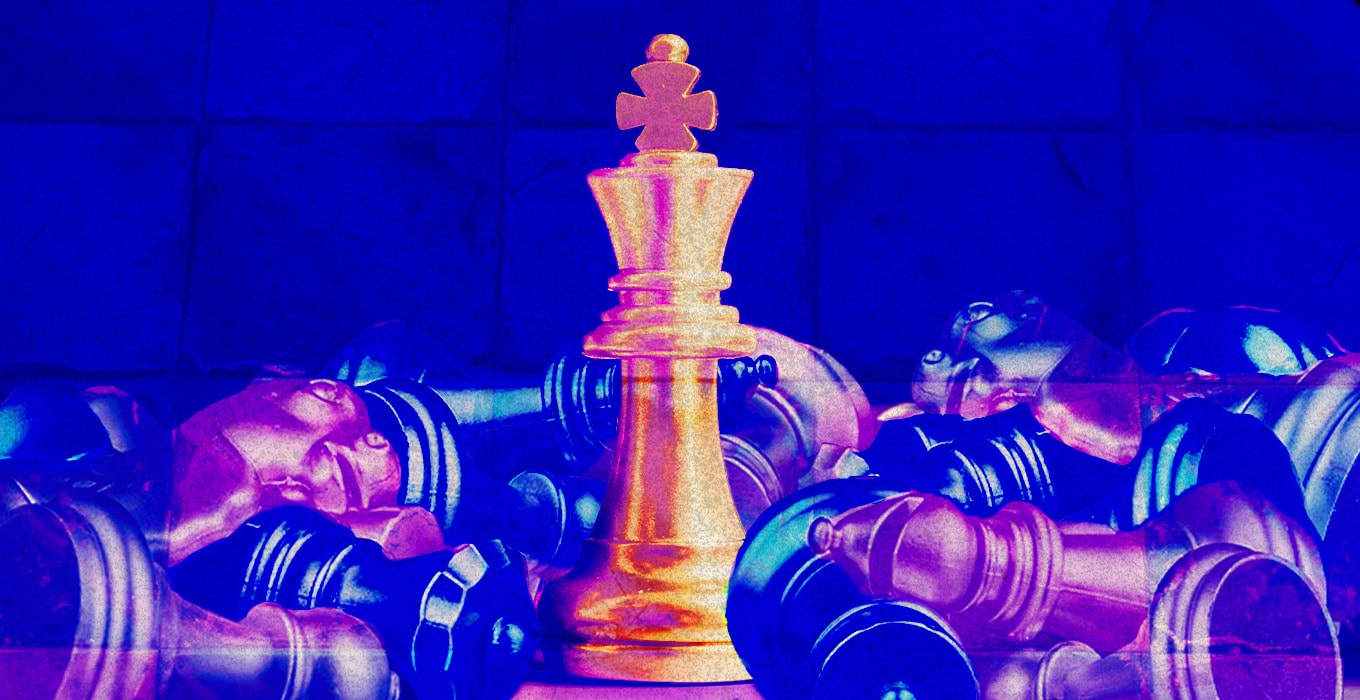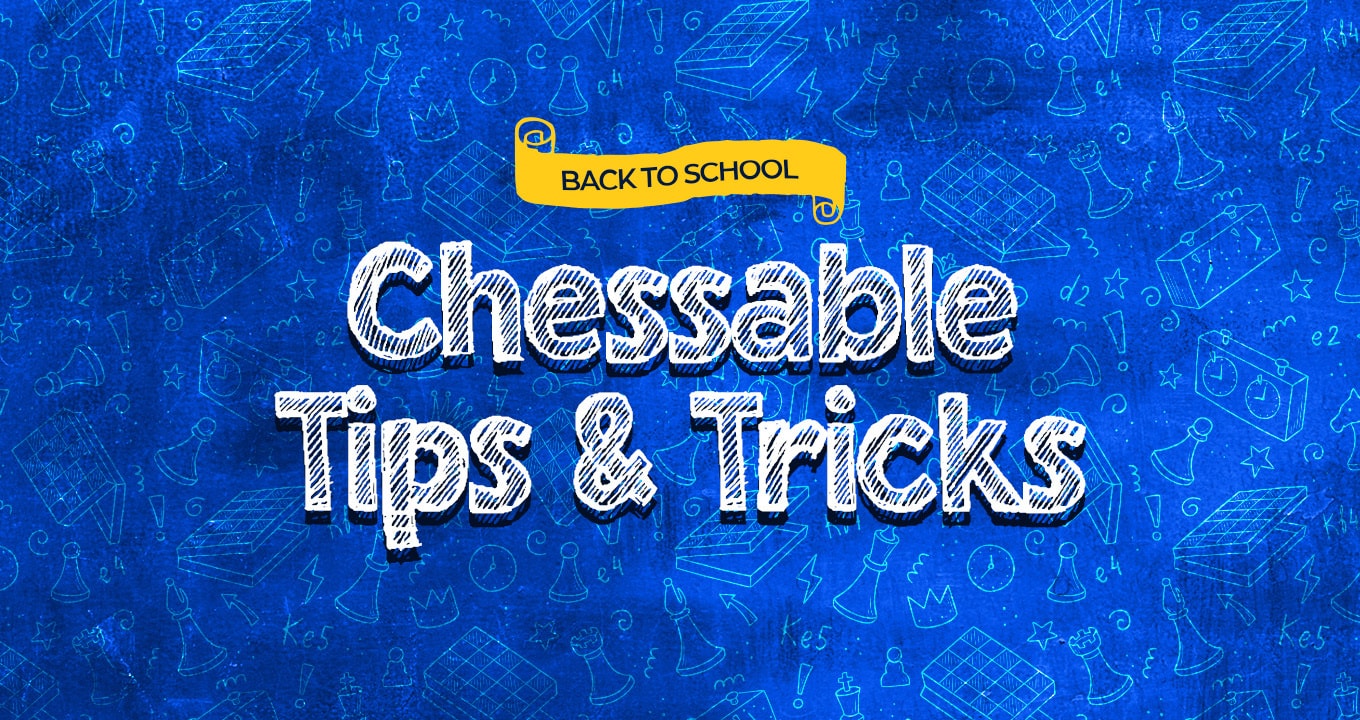Short summary:
- Tactics and endgame are two of the most critical areas impacting game results. Prioritize these – especially tactics if you are a beginner player. Puzzle books offer high quality solutions and explanations to the problems and are often well organized for improving players. Practice consistently, daily if possible
- Study master games with well-annotated game collections. Make sure you actively play through the moves, making sure you understand all possible variations and asking yourself what you would do in the same position
- Have a narrow opening repertoire. Choose one opening for each circumstance and master it, rather than knowing several at a lower strength.
- When studying the endgame, split your time approximately 40-60 between studying theoretical endgames and practical endgames. Try playing practical endgames with a training partner
- Make sure you are having fun. If you are feeling burnt out or demotivated, just work on what you want. The number one way to not improve is to quit altogether
Study Tips for Your Chess Resolutions
Happy new year, chess friends!
It’s a fresh new year, and therefore a great time to set some goals for your chess improvement. But as we all know, it’s much easier to set goals than to stick to them. Anybody who’s set a goal to finish Dvoretsky’s Endgame Manual, for example, is probably all too familiar with the struggle!
We definitely understand the plight, which is why this year we reached out to some of our most popular authors to get some tips for studying the royal game right. We got some tremendous insights from them, so we’re wrapping them all up here to support our users in their resolutions for chess improvement. Covering all aspects of the game and targeting both beginner and advanced players, these tips are gold!
So who are the coaches in our corner for these New Year pro tips? Allow us to introduce them:
Grandmaster Sam Shankland hardly needs an introduction. The 2018 US Champion and ‘super GM’ is a regular at the world’s most prestigious tournaments. He’s also one of the hardest-working authors in the chess world, publishing no shortage of amazingly thorough Lifetime Repertoires and other courses on Chessable
International Master Andras Toth is a veteran chess coach best known for his YouTube channel where he produces some of the most honest, straight-to-the-point, and quality chess improvement videos out there. He’s also been a long-time Chessable author ever since coming out with his highly-acclaimed Chess Principle Reloaded series
International Master Kostya Kavutskiy is another coaching specialist, well-known in the chess world for his down-to-earth and easy-to-understand teaching style. He’s also a recent Chessable author, publishing one of the best endgame resources for intermediate players on the platform
FIDE Master Kamil Plichta is a speed chess specialist, master of the opening, and prolific Chessable author. His opening courses are some of Chessable’s most popular, and rightfully so. His detailed explanations, original and fresh ideas, and hilarious commentary make it easy to study even the toughest openings
So without further ado, let’s hear these pro tips!
General Study Tips for Beginners and Lower Intermediate Players
For players rated below roughly 1600 Elo, every one of the authors emphasized one thing: tactics. This is because tactics are by far the most critical factor for losing a game among this group of players. No doubt other parts of the game are important too, but if you’re looking for the way to get better results, improving your tactical vision is it.
IM Kavutskiy even recommended doing as much as 45 minutes to an hour of tactics training per day. Making sure you’re solving challenging tactics – ones that take you approximately 3-5 minutes per problem on average. “If your brain hurts at the end of the session, you’re doing it right,” says the IM. But consistency is the real key – even if you don’t have this much time to dedicate to tactics each day, even just solving 5 puzzles a day goes a long way.
IM Toth gave a particularly valuable and perhaps underrated piece of advice – study the games of masters. While understanding the ideas of top grandmasters may sound like a daunting task to lower-rated players, the key, he says, is finding game collections with quality, detailed annotations that explain the ideas well.
FM Plichta also gave some very practical advice – play as much as possible. And he’s not talking about casual online blitz and bullet games, but rather real over-the-board tournaments. As he puts it so well, “I know a lot of people who just train, play at home, and wait for the perfect moment to play OTB. The problem is that there will never be a perfect moment. There will always be excuses to delay such participation. Just go and play.” And of course, analyze these games!
General Study Tips for Higher Intermediate and Advanced Players
For players rated above roughly 1600 Elo, another common theme emerged: developing a proper opening repertoire. This entails having a response to 1.e4, 1.d4, 1.c4, and 1.Nf3 as Black (and sideline moves) and also a response to all the major openings that can arise from your fist move of choice as White. So if you’re a 1.d4 player going for a Queen’s Gambit based repertoire, you would also need to study how to handle the King’s Indian Defense, Benoni Defense, Benko Gambit, Chigorin Defense, Slav Defense, etc.
Even at this level, it’s better to have a narrow opening repertoire – find one response for each situation and master it. A jack of all trades is a master of none. Well, unless you’re Magnus Carlsen perhaps!
GM Shankland gave particularly good advice about studying the opening: understand the pawn structures arising from your openings. This will help guide you even when you don’t know the exact line that transpired over the board, as it will give you a blueprint to the middlegame plans that will arise.
This stage of your training is also a good time to dive more into endgame theory, which we’ll talk about in more depth next.
Endgame Study Tips
The endgame is another one of those critical factors, along with tactics, that can have a drastic impact on your results. Many draws turn into losses and many wins turn into draws at this crucial stage of the game.
So how to save these half points? IM Toth recommended splitting your time (roughly 40%-60%) between studying theoretical endgames and practical endgames. Not surprisingly, books like 100 Endgames You Must Know and Dvoretsky’s Endgame Manual were the go-to choices for studying endgame theory. Consider studying just one endgame per day from 100 Endgames You Must Know. In 100 days, you’ll have a higher endgame knowledge than a firm majority of players!
For practical endgames, IM Kavutskiy recommends playing out some practical endgame scenarios with a training partner. You can find such endgames in a number of Chessable courses, including Mastering Endgame Strategy and Yermolinsky’s Practical Endgames. IM Kavutskiy himself has an amazing course for intermediate players, called Endgame Studies 101, where you can learn common endgame ideas and apply them by solving practical endgame studies from famous games.
Opening Study Tips
We’ve mentioned a few study tips related to the opening earlier, but one point deserves emphasis: for beginners and intermediates, a narrow opening repertoire is better. After finding an opening you like, stick with it! As FM Plichta says and many coaches echo, “having a wide opening repertoire is one of the most overrated things in chess.”
To recap, just one response for 1.e4, 1.d4, 1.c4 and 1.Nf3 for Black will do. Many systems to handle 1.d4 also handle 1.c4 and 1.Nf3 by transposition, so it’s not as daunting as you think! Consider a repertoire like Keep It Simple for Black, which gives players of any level a simple yet punchy repertoire for Black playable at even high levels in just 350 lines. As White, just stick to one opening move – preferably 1.d4 or 1.e4 for beginners and intermediate players.
As far as how to study the opening goes, Sam Shankland put it best: you need to find quality courses. Fortunately, there is certainly no shortage of those on Chessable, and we’d be remiss if we didn’t say that the authors agreed Chessable’s MoveTrainer™ is the best way to study openings! Be sure to check out Sam Shankland’s immensely popular and thorough Lifetime Repertoires, such as those on the Semi-Slav or Classical Sicilian. FM Plichta also has several extremely popular courses, such as Lifetime Repertoires: King’s Indian Attack and Lifetime Repertoires: Accelerated Dragon.
Some of these opening repertoires are pretty extensive, though. To avoid overwhelming yourself, try learning just a chapter a week or even a chapter a month depending on your available time and the depth of the content. Even if it takes a year to finish, opening proficiency in a year is no small feat!
Tactics Study Tips
Not surprisingly, in regards to tactics our authors had one resounding piece of advice: practice, practice, practice.
But the type of practice they suggested was insightful. The puzzles you solve for tactics should be challenging. IM Kavutskiy recommends problems that you can solve in roughly 3-5 minutes each for beginner and intermediate players. For advanced players looking to deepen their calculation abilities, he recommends even problems that require 10-15 minutes of solving each.
We also recommend quality puzzle books. Tactics training apps certainly aren’t bad, but for detailed explanations of the solutions and carefully selected puzzles for serious improvement, nothing beats a good puzzle book. Consider practicing tactics on Chessable with such courses as 1001 Chess Exercises for Club Players. The added benefit is that you can practice the tactics again and again with MoveTrainer, ingraining them into your memory so you can quickly recognize similar situations over the board.
You also might want to check out the Woodpecker Method. If you are not familiar with this revolutionary training technique, it is well worth some investigation. Developed by grandmasters Axel Smithand Hans Tikkanen, the Woodpecker Method entails solving a very large puzzle set, and then doing so again and again, gradually getting faster each time to develop lightning-fast pattern recognition. The original Woodpecker Method book contains over 1000 puzzles, and the goal is to be able to solve all of them in a single day eventually – after many weeks of practice, of course!
It may sound crazy, but many pros have tried the method and swear by it, such as Chessable author and USCF National Master Elijah Logozar. IM Kavutskiy even has a video series on YouTube where he goes through the entire Woodpecker process!
Check out this article on how you can configure Chessable’s settings to enact the cyclical training schedule proposed in the Woodpecker Method. Any large puzzle set will do, so even if you don’t like the puzzle set found in the Woodpecker Method book, you can apply it to any puzzle book!
Study Techniques the Authors Credit with Their Success
In addition to general advice on each of the topics above, we asked our authors another question: “What was the study technique that you found most beneficial to your own chess improvement?”
Interestingly, there was a theme for this one too: reading lots of chess books and playing through the games of strong players.
IM Toth delved into it a bit further: it’s important to study these games with good annotations that break down why the masters played what they did, and also actively question what you would do in the scenario before looking at the next move.
Try playing out one famous game a week with an analysis board where you can easily keep track of different variations. Not only will you come to understand the plans and techniques of the masters, you’ll also get plenty of entertainment – most of them are a beautiful symphony! You’ll also have some ideas for your own games.
Chessable has a few game collections you can study with, such as GM Simon Williams’ and IM Richard Palliser’s Best of British. There are also a ton of annotated games on the Chessable blog by IM Malcolm Pein – check out these exciting games among many more:
Malcolm Pein on…Kramnik’s Design
Malcolm Pein on…Destroying 1.d4
Malcolm Pein on…Carlsen’s Gambles
Malcolm Pein on…The Brilliant Benko
Concluding Remarks
We hope you liked these tips and find them useful. Even if you don’t employ them all or exactly, one thing is very important in chess: consistency. If you’re finding yourself feeling burnt out or demotivated, just study something you enjoy, even if it’s not ‘ideal.’ Quitting altogether is the number one way to not improve.
We conclude this article with some words of wisdom from FM Plichta on that very subject:
“Keep doing what you love in chess. If you love endgames, good, exchange Queens and go there. If you love tactics then copy Tal and sacrifice everything. If you have a favourite chess streamer, divide your time so you can enjoy what you like doing the most while keeping some time for training. And if your favourite opening is the London, then well, shame on you (just kidding, it is a good opening).”





